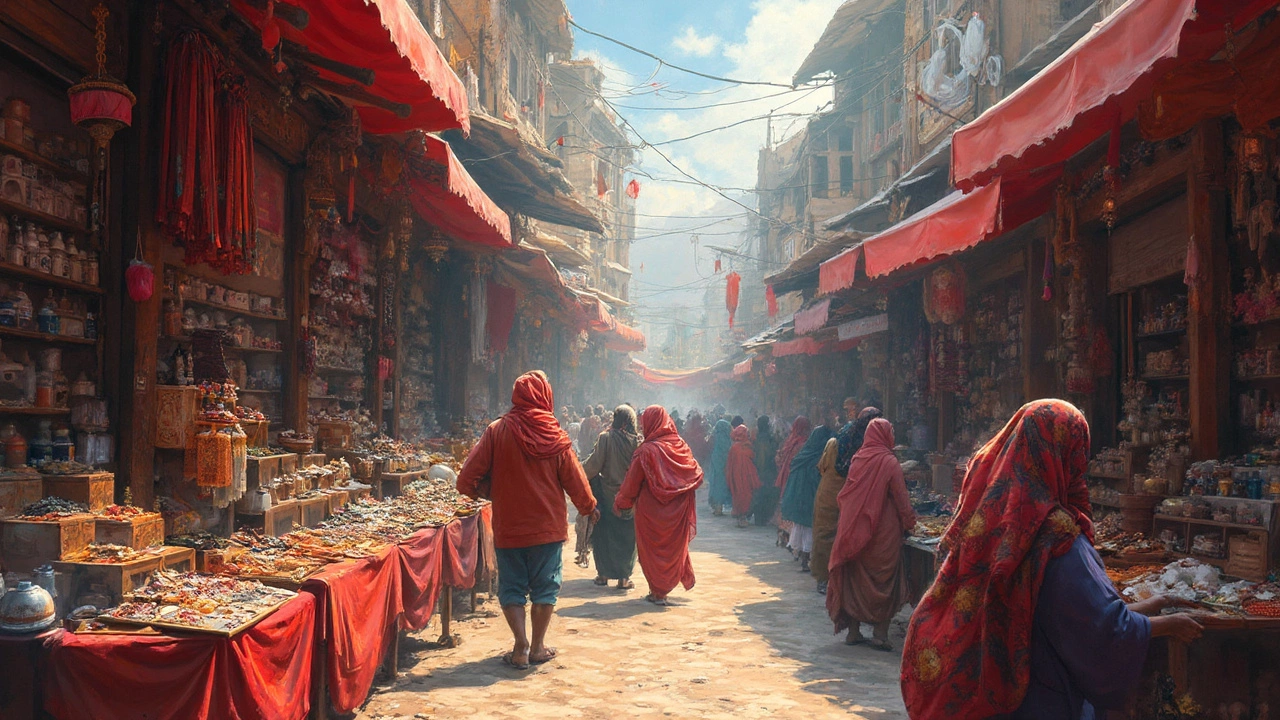SEARCH
Currency Exchange Tips for Savvy Travelers
Planning a trip to India? One of the first things you’ll worry about is converting your money without losing cash to fees. The good news is that smart moves can save you a lot. Below are clear, no‑nonsense steps you can start using right now.
Why exchange rates matter
Every rupee you spend comes from a rate set by a bank, an airport counter, or a street dealer. Those numbers differ by a few percent, but that gap adds up fast on a long stay. If you exchange $500 at a 1% fee and a 2% worse rate, you lose $15 before you even buy a meal. Knowing where the margin sits helps you decide which method to use.
Practical tips to get the best rate
1. Use a low‑fee debit card. Most Indian ATMs accept foreign cards and give a rate close to the interbank price. Check that your bank doesn’t charge a foreign transaction fee. If it does, a small prepaid travel card often works cheaper.
2. Avoid airport kiosks. Airport counters are convenient but charge the highest mark‑up. Walk to the city’s main bank or a reputable exchange shop. A quick online search can point you to the nearest spot with transparent rates.
3. Exchange a small amount before you land. Having 2,000–3,000 rupees on arrival covers taxis and snacks. Keep the bulk of your cash for later when you can compare rates in the city.
4. Track rates with an app. Simple tools show live rates for INR against your home currency. When the rate hits a favorable level, set a reminder to exchange.
5. Keep receipts. Some banks will refund a portion of the fee if you show proof of a better rate elsewhere. It’s a tiny hassle that can return a few dollars.
6. Consider peer‑to‑peer platforms. Services that match travelers swapping currency often beat banks by a fraction, and they use secure escrow to protect both sides.
These tricks work together. For instance, you might withdraw cash from an ATM once you’ve checked the app for the best day to do it. Then you can spend the cash on daily needs and use a card for larger purchases like hotel bills.
Remember, the goal isn’t to find a magic exchange rate that eliminates all costs. It’s to shave off the biggest fees so more of your budget stays for experiences—whether you’re tasting street food in Delhi or trekking in the Himalayas.
So next time you’re planning a trip, add these currency exchange tips to your checklist. A little research and the right tools will keep your money working for you, not against you.

Understanding Currency Exchange: $100 US in India
Traveling to India on a budget? Knowing how far your US dollars can go is crucial. $100 might surprise you with its purchasing power in India, offering plenty of opportunities to explore without breaking the bank. From understanding exchange rates to practical tips for spending wisely, we'll break down everything you need to know about making your money stretch further in India.
Continue reading